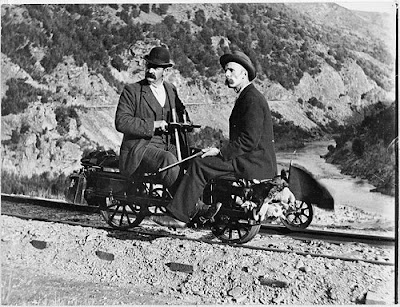Has City Council bought New Brighton bus station site?
I see in the Pegasus Post (a free community newspaper letterboxed to Christchurch's eastern suburb households) that the City Council has now bought the Burwood-Pegasus Community Board Rooms on the north-east corner of Union Street and Beresford Street in New Brighton (previously leased) and intend to spend $237,000 for a makeover. The purchase price is not revealed ("commercial sensitivity" -yr) but I would imagine the whole deal will cost in excess of $450,000 - I'm no expert, perhaps perhaps a lot more. A possibility reported in the Pegasus Post is of also installing on-site a full time council office, a City Council Service Centre, similar to those operating out of Smith Street Depot in Linwood and Shirley Library at The Palms. What a high flying wabbit who works in the area sees, (and you can too, Googling up the map for "Beresford Street, Christchurch") however is the unusually wide apron of land on the site fa...





